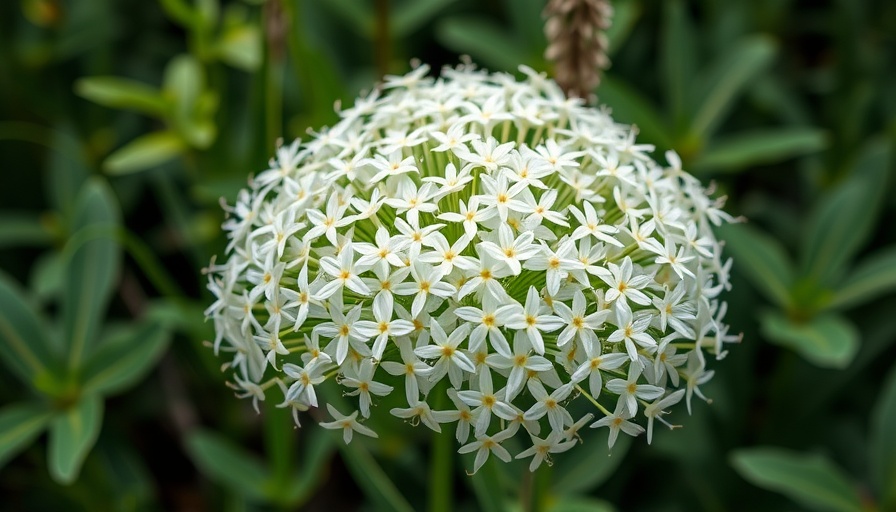
The Splendor of Native Perennials: A Late Summer Showcase
As we transition from the sizzling days of August to the cool, crisp evenings of September, one might notice something enchanting in the garden: a tousled bouquet of native plants breaking free from their springtime confines. Late summer blossoms invite us to alter our perception of beauty, shifting from the uniformity of spring's early blooms to the wild exuberance characteristic of the season's end. In this spirit of celebration, we've curated a list of 11 native perennials that are particularly striking during this time of year, perfect for enhancing any garden.
Agastache: The Star Performer
At the top of our list is Agastache foeniculum, or anise hyssop. This stunning perennial easily steals the show with its tall stature and delightful licorice-scented leaves. It boasts not just aesthetic appeal; these plants serve as a crucial food source for pollinators, making them a gardener’s ally. When trimmed back in late summer, they can reward the gardener with a renewed wave of blooms just before winter's chill arrives, attracting birds and bees alike.
Asters: The Versatile Beauty
No late summer garden is complete without the presence of asters. Their durability and low-maintenance nature make them a favorite among gardeners looking to infuse their landscapes with color. With various species thriving in different environments—from the full sun-loving heath astor to the shade-tolerant wood aster—these flowers promise to brighten your garden until the frost.
Flowering Spurge: The Hidden Gem
Another exceptional addition is flowering spurge (Euphorbia corollata). Despite often flying under the radar, this perennial presents an airy charm with its delicate structure and beautiful bracts. Not only do they harmonize seamlessly with grasses and asters, but their deer-resistant properties also ensure they remain untouched by common wildlife nuisances.
Great Burnet: A Touch of Elegance
Great burnet (Sanguisorba officinalis), with its distinctive burgundy flower spikes, introduces an elegant dimension to the late summer garden. Not overly showy, it blends effortlessly into the tapestry of other blooms while lending a subtly striking visual element.
Engaging Local Flora: The Importance of Native Plants
Bringing native perennials into your garden isn’t merely a trend; it’s a commitment to environmental stewardship. Native plants adapt to local climates and soil, requiring less water and maintenance compared to exotic species. As they thrive, they foster ecosystems that support local pollinators. By cultivating these flowers, homeowners can contribute positively to the surrounding biodiversity.
Building Connections Through Gardening
For many, late summer gardening serves as a healing escape. The act of digging in the dirt connects us to nature, reminding us of our roots—quite literally! As communities face increasing urbanization, creating green spaces becomes more crucial. Engaging with native plants can spark conversations about sustainability, gardening with purpose, and the beauty of natural landscapes.
Future's Floral Palette: A Green-Thumbed Perspective
Looking ahead, the trend of incorporating native flora in residential gardens is likely to expand. As climate change reshapes our environment, selecting resilient, drought-tolerant plants ensures that gardens remain vibrant and healthy. More homeowners will recognize the joy that comes from a garden designed with biodiversity in mind.
Deciding on Your Native Plant Palette
The choices you make today will impact your garden's success tomorrow. Consider factors like sunlight, moisture levels, and how each plant interacts with its neighbors. Mapping out your garden can help visualize how these native perennials might thrive together, creating not just a beautiful landscape, but also a hospitable environment for pollinators.
Conclusion: Why Every Homeowner Should Embrace Native Plants
By investing in native perennials, you're not just beautifying your garden—you're forging a deeper connection with the environment. It's a step toward creating sustainable habits that support wildlife and provide you with pleasant moments of reflection and relaxation.
So, dig deep, plant roots, and let Wisconsin’s native perennials bring life back to your garden this late summer!
 Add Row
Add Row  Add
Add 




Write A Comment